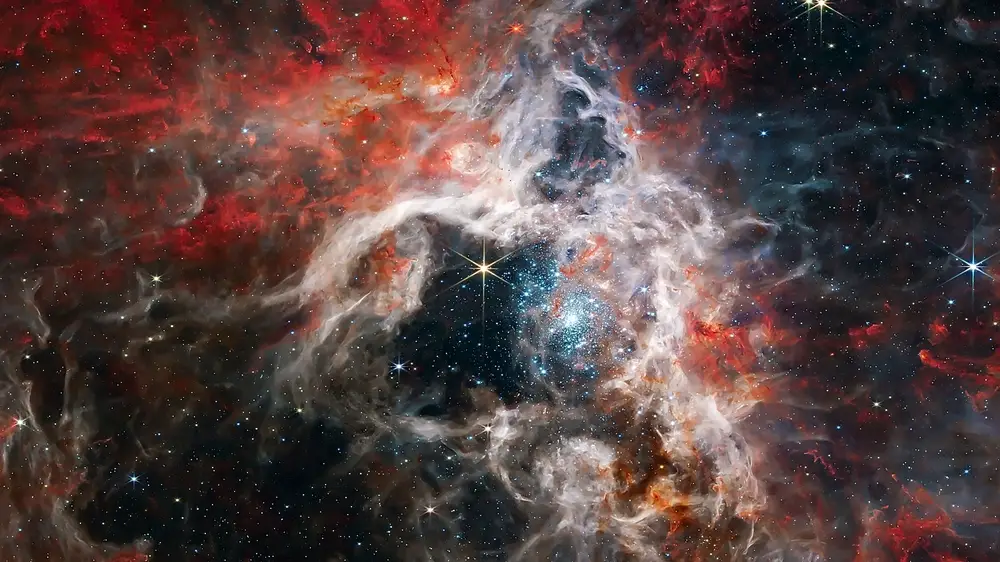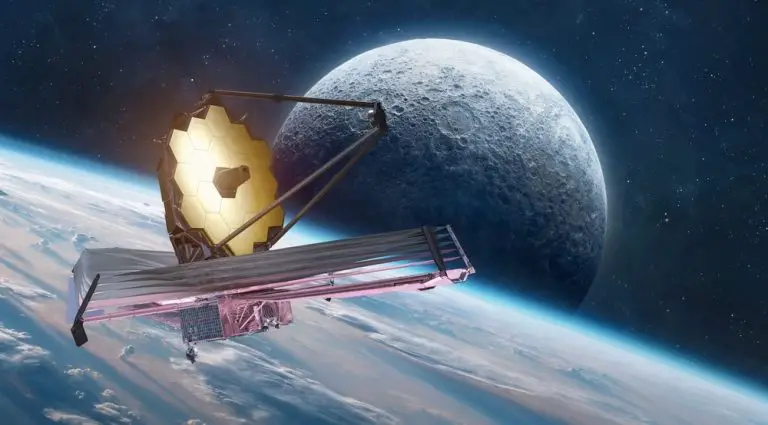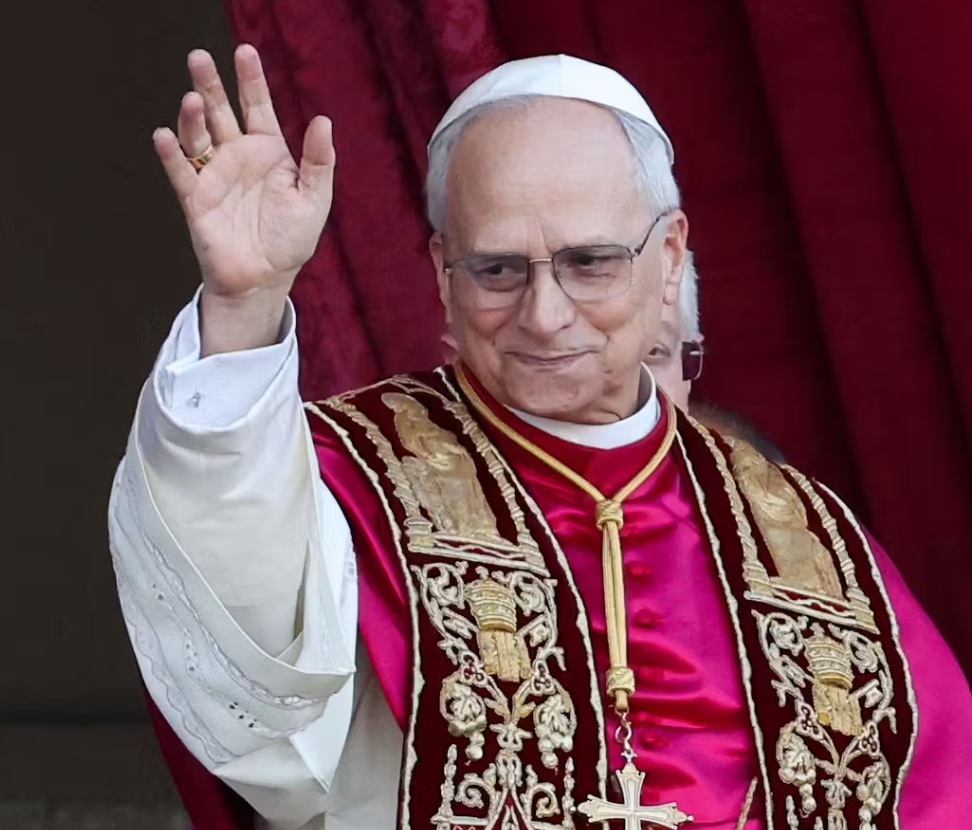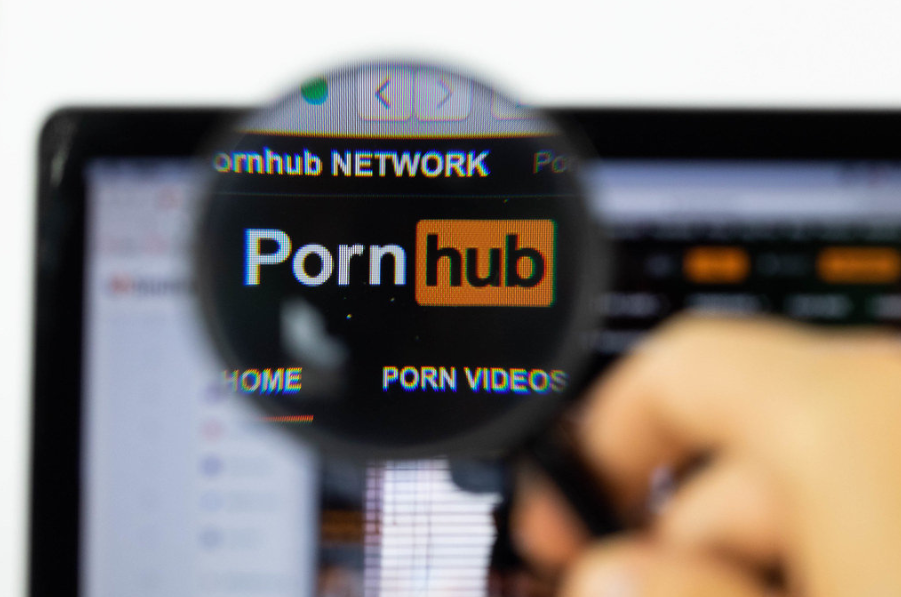The James Webb Space Telescope (JWST) has made a groundbreaking discovery that could fundamentally change our understanding of the universe. Astronomers using data from both the Hubble and James Webb telescopes have confirmed a discrepancy known as the “Hubble Tension.” This issue revolves around differing estimates of the universe’s expansion rate, leading scientists to question the current models of cosmology.
Traditionally, the universe’s expansion rate, known as the Hubble constant, was measured using two methods. The first involves studying the cosmic microwave background, the radiation left over from the Big Bang, which suggested an expansion rate of about 67 kilometers per second per megaparsec. The second method, using pulsating stars called Cepheid variables, yielded a higher rate of 74 kilometers per second per megaparsec. This significant difference implies that the universe might be 10 percent younger than previously thought.

Initially, it was believed that the discrepancy could be due to measurement errors, possibly confusing Cepheid stars with other stars. However, the JWST’s precise observations have ruled out these errors, confirming that the Hubble constant discrepancy is real. Lead study author Adam Riess, a professor at Johns Hopkins University, emphasized that this finding suggests we may have misunderstood the universe in a fundamental way.
The discovery has left the scientific community in what some are calling a “crisis” of cosmology. It challenges the established theories about the universe’s age and structure, and researchers are now seeking new explanations for the expansion rate discrepancy. This revelation has catapulted the field of cosmology into uncharted territory, prompting further studies to understand the true nature of the universe’s expansion.




